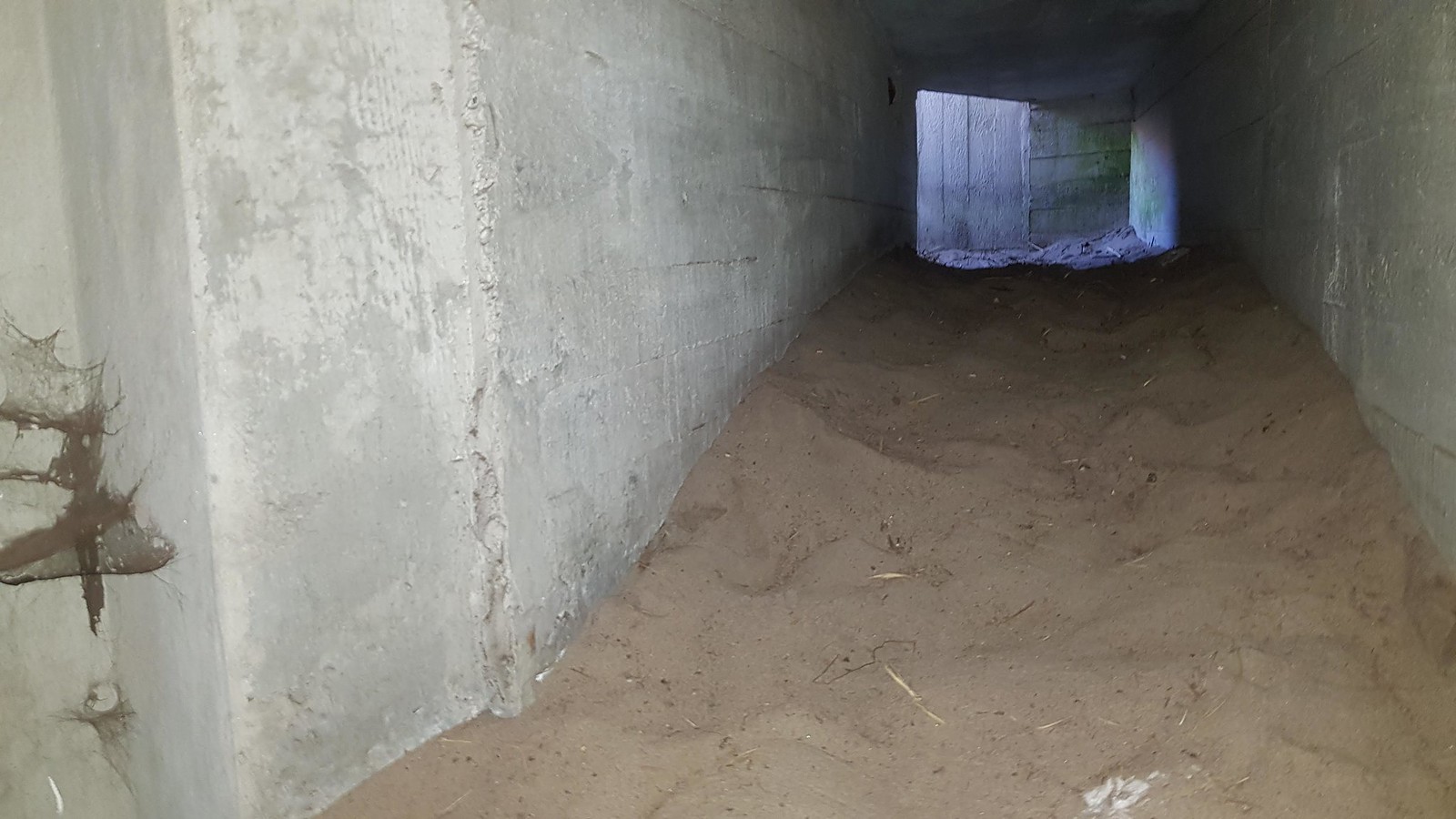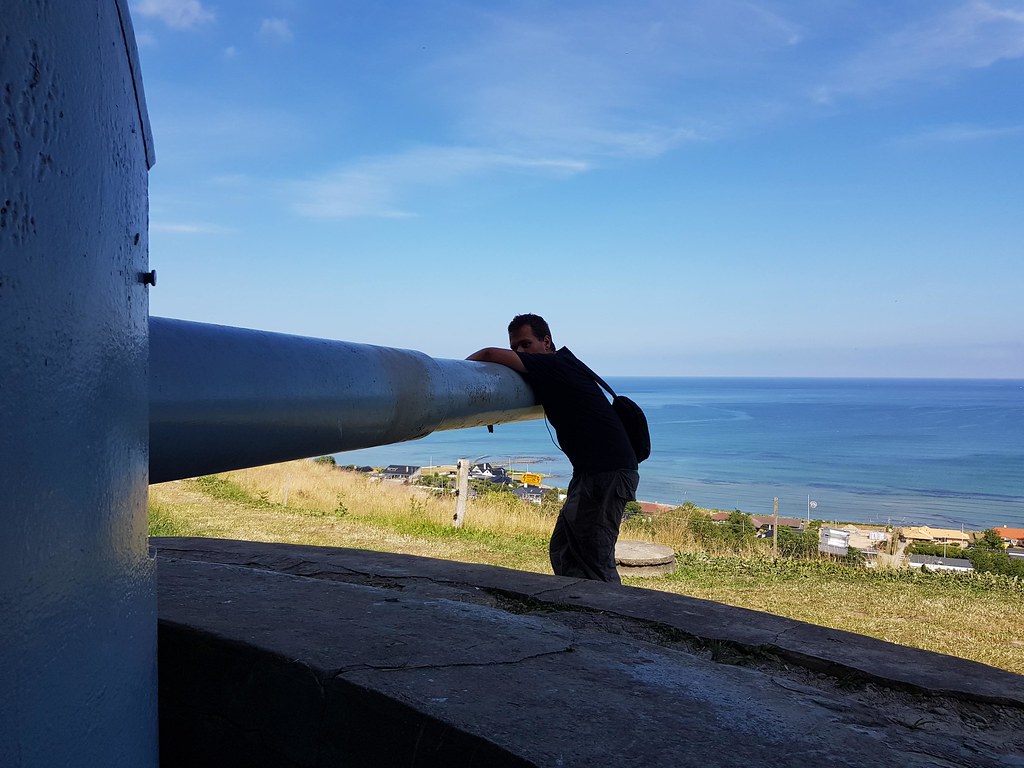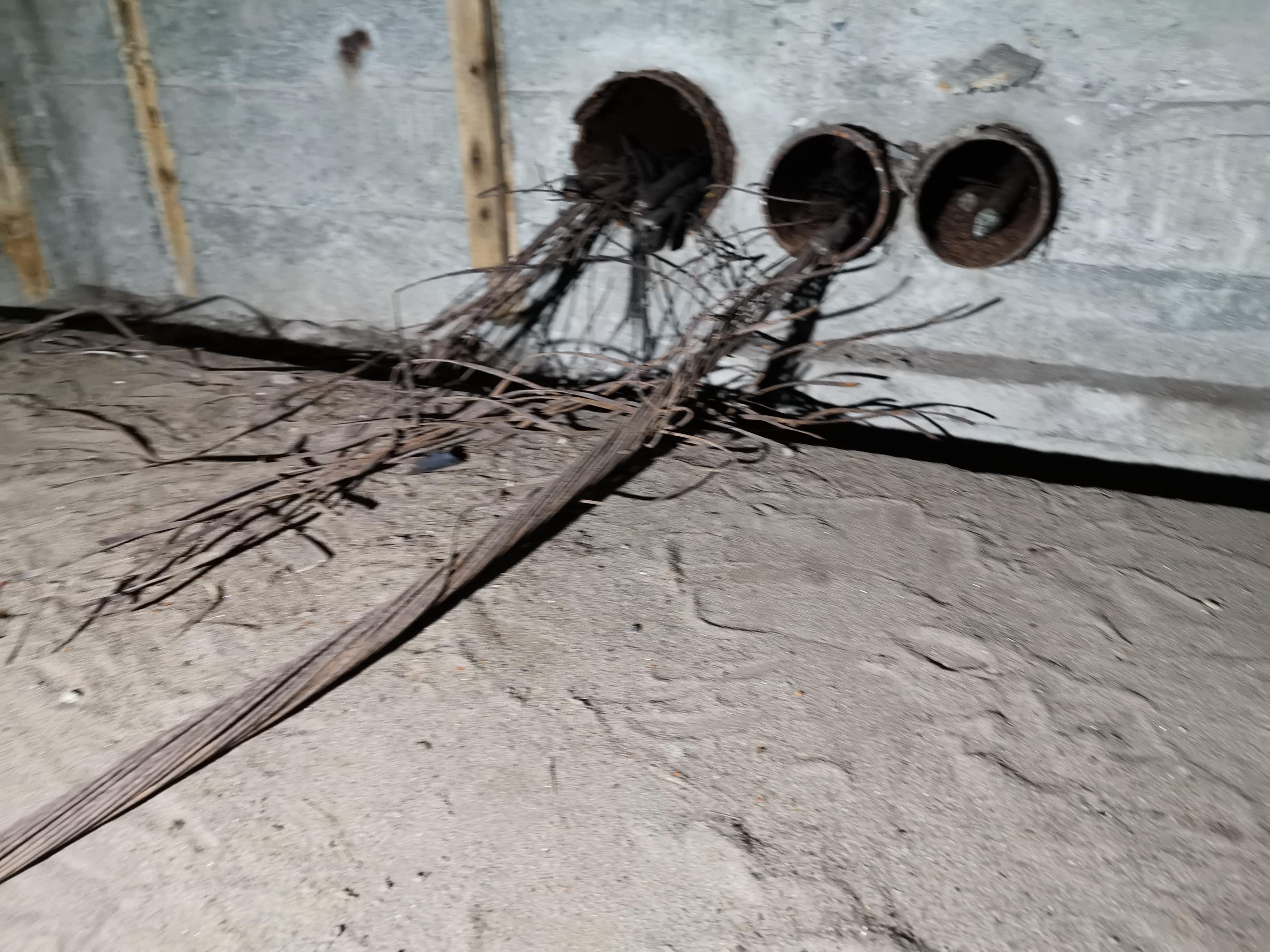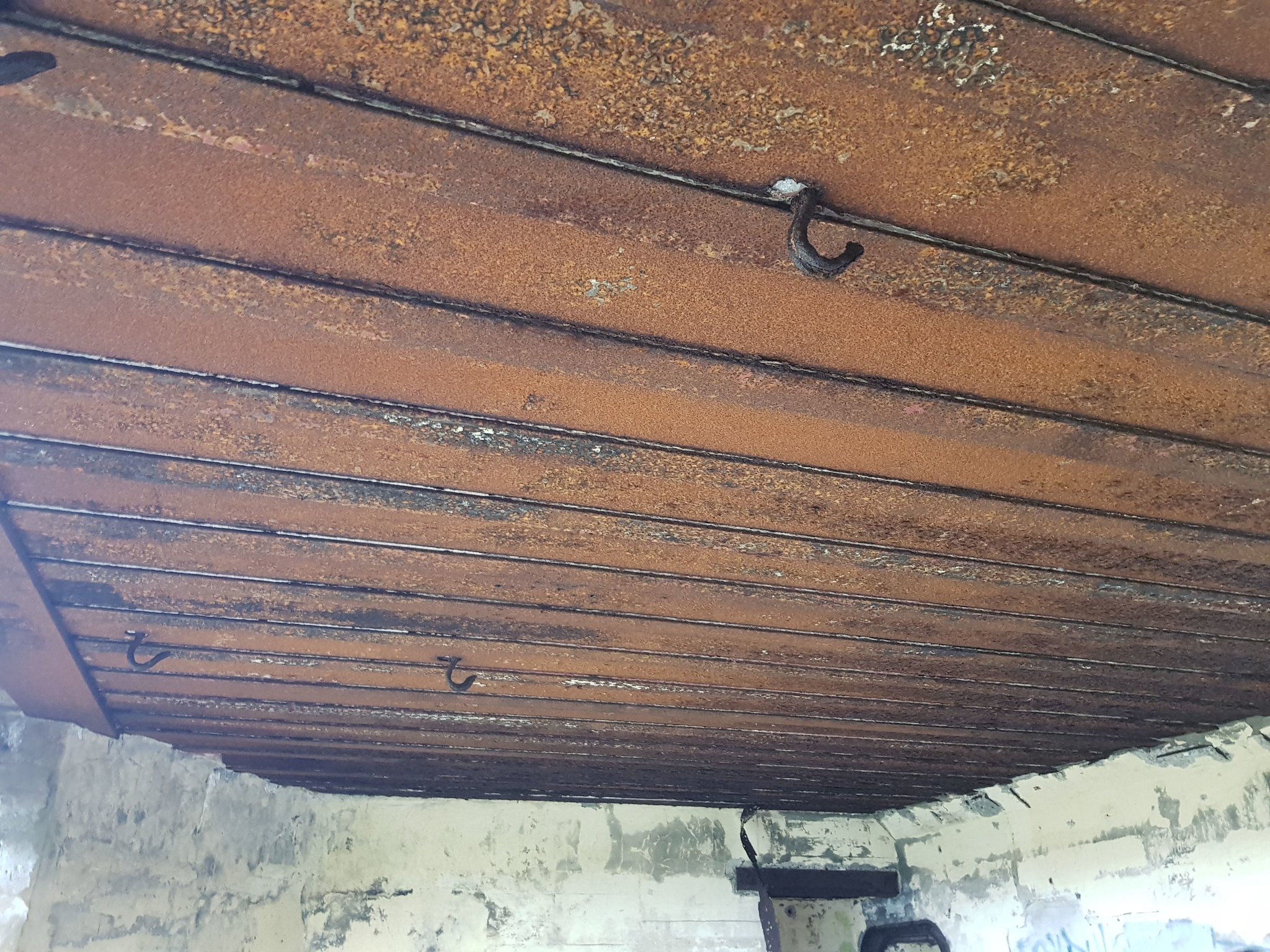The Atlantic Wall: A Fascinating and Terrifying Piece of History
The Atlantic Wall is a monumental engineering achievement that was built during World War II by Nazi Germany to deter an Allied invasion. The complex consisted of bunkers, gun emplacements, and other defensive structures, stretching for thousands of miles along the coast of Western Europe. The construction of the Atlantic Wall was a massive undertaking, with tens of thousands of workers and soldiers involved in its creation.
The purpose of the Atlantic Wall was to create a formidable defense against the Allied forces, who were expected to launch an amphibious invasion of Europe at some point during the war. The wall was designed to slow down and weaken the enemy's advance, allowing the German military to mount a counterattack.
The construction of the Atlantic Wall began in 1942 and continued until the end of the war in 1945. The wall was constructed using a variety of materials, including concrete, steel, and wood. Many of the bunkers and other structures were built underground, with only their entrances visible from the surface.
One of the most fascinating aspects of the Atlantic Wall is its sheer size and scope. The wall spanned thousands of miles of coastline, from Norway to Spain, and was made up of over 15,000 bunkers and other defensive structures. The wall was also heavily fortified, with anti-tank obstacles, barbed wire, and minefields, making it an impenetrable barrier for any invading force.
Despite its impressive construction, the Atlantic Wall was ultimately a failure. The Allied forces were able to successfully invade Europe on D-Day, June 6, 1944, despite the obstacles posed by the wall. The wall was heavily bombed by Allied forces during the war, and many of its structures were destroyed.
Today, the remnants of the Atlantic Wall serve as a chilling reminder of the horrors of war. Many of the bunkers and other structures are still standing, and some have been converted into museums or tourist attractions. However, many more are abandoned and slowly decaying, their walls covered in graffiti and their interiors filled with debris.
Exploring these abandoned bunkers can be a thrilling but eerie experience. The musty smell of concrete and dampness fills the air, and the silence is broken only by the occasional sound of dripping water. The narrow passageways and cramped rooms can make even the bravest adventurer feel claustrophobic and uneasy.
Some of these bunkers have been abandoned for decades, and their interiors are now home to a variety of wildlife. Bats, rats, and other creatures can often be found scurrying around in the darkness, adding to the eerie atmosphere.
Despite the dangers, many people still venture into these abandoned bunkers in search of adventure and history. Some have reported strange experiences, including unexplained noises and sightings of apparitions. It is unclear whether these experiences are truly supernatural or simply the result of an overactive imagination.
In conclusion, the Atlantic Wall is a fascinating and terrifying piece of history. Its construction was a monumental achievement, but ultimately, it was unable to stop the Allied forces from invading Europe. Today, the abandoned bunkers and other structures serve as a haunting reminder of the horrors of war and the fragility of human life.
If you ever find yourself near one of these abandoned bunkers, be sure to approach with caution. The eerie silence and decaying structures may seem fascinating, but they can also be incredibly dangerous. Always remember to take the necessary precautions and respect the history and legacy of the.
 |  |  |
 |  |  |
 |  |  |
 |  |  |
 |  |  |
 |  |  |
 |  |  |
 |  |  |
 |  |  |
 |  |  |
 |  |  |
 |  |  |
 |  |  |
 |  |  |
 |  |  |
 |  |  |
 |  |
Pinterest boards

Experience the Atlantic Wall during WWII
Bunker Second World War : The Sheriff Muir Bunker Located in the Scottish Highlands.the Sheriff Muir Bunker was a key defensive structure during the Second World War.Built by the British Army in 1940.it was designed to house troops and equipment in case of a German invasion. The bunker was constructed using reinforced concrete and had thick walls and ceilings to protect against enemy fire.It also had several machine gun emplacements and observation posts to provide cover for soldiers defending the area. Despite its strategic importance.the Sheriff Muir Bunker saw little action during the war.However.it remained an important military site until the end of the conflict and is now a popular tourist attraction. Military Training Site Second World War : Atlantic Wall Training Center The Atlantic Wall Training Center was a military training facility located in France during the Second World War.Established by the Germans in 1942.it was used to train soldiers in the art of coastal defense. The center featured a variety of obstacles and defenses that were typical of those found along the Atlantic Wall.including barbed wire fences.anti tank ditches.and bunkers.Soldiers were trained in how to use these structures effectively to repel Allied attacks. The Atlantic Wall Training.

Regelbau is a certain type of bunker.
Visit the Atlantic Wall today in Scheveningen, Netherlands. The Atlantic Wall is a military fortification on the Dutch coast, designed to prevent a German invasion of the Netherlands.

Ghostly Remains of Nazi Germany's Atlantic Wall
The WW2 bunker has been abandoned but still functional with working lights A unique opportunity to explore history in a tangible way Experience the thrill of being inside an actual WW2 bunker.

Check out this video of the Atlantikwall
The line was a massive fortification made from reinforced concrete.

LESSONS FROM THE ATLANTIKWALL Museum Noordwijk
Welcome to the Atlantikwall Museum, see the bunkers left behind by the Germans on the beaches of Noordwijk. Come explore the museum that's been open since 1983.

The History of the ATLANTIKWALL - The Real Story
Neutral and informative. The Atlantic Wall.also known as the Festung Europa Fortress Europe .was a massive fortification project undertaken by Nazi Germany during World War II.The goal of this project was to create a defensive line along the coast of Western Europe in preparation for an Allied invasion. One of the key features of the Atlantic Wall were German bunkers reinforced concrete structures designed to protect soldiers and weapons from enemy fire.These bunkers were strategically placed along the coastline and came in a variety of sizes and shapes depending on their specific function. In addition to the bunkers.the Germans also constructed coastal defenses such as anti tank barriers and mines in order to deter any amphibious assault.Despite their efforts.however.the Allies were able to.

Holts used the bunkers for years for storage
Problem: The Atlantic Wall was a system of coastal fortifications built by Nazi Germany in preparation for a potential Allied invasion during World War II. Promise: The Atlantic Wall was a formidable obstacle that stretched from the Spanish border to the North Cape in Norway. Proof: The Atlantic Wall was the largest military construction project in Europe during the war. Proposal: The Atlantic Wall is a fascinating part of World War II history that deserves to be explored.

In June 1944, the Allies landed at Normandy
The Atlantic Wall was a system of fortifications built by Nazi Germany along the coast of France and Belgium during World War II. The Atlantic Wall was built to deter a potential Allied landing and invasion of Europe.

What else do you know about these bunkers?
The Atlantic Wall was a system of fortifications constructed by Nazi Germany along the coast of Europe during World War II. The intent was to stop a potential invasion by the United Kingdom, by holding the beaches and providing a line of defense that stretched from the Straits of Dover to the Straits of Gibraltar. The Atlantic Wall was built by the Germans, but also included French and Spanish troops, as well as a number of other occupied countries.

The wall was built in 1942
The ATLANTIKWALL in Raversyde is one of the best - preserved remains of the German defensive line in the Ardennes. The wall is a UNESCO World Heritage Site and a symbol for the Battle of the Bulge.

The ATLANTIKWALL in Raversyde ★★★☆☆
A true work of art, the ATLANTIKWALL is a monument to the German soldiers who died in the Battle of the Bulge.

Escape the Norm with our Atlantikwall Museum
The ATLANTIKWALL in Raversyde is one of the best - preserved remains of the German defensive line in the Ardennes region. The wall is open to the public and is part of an educational center that tells the story of the battle.
Related Sites:
- watch history channel atlanticwall
- what was the atlanticwall and when was it built
- protectingthefuture with
- protectingthefuture with the atlanticwallatlas 2
- watch history channel atlanticwall
- the atlanticwall protected atlantic 23
- what is the atlantic wall
- watch the history channel atlanticwall
- what was the atlanticwall and when was it built 2
- Profile | Pinterest
- the atlantic wall was a giant success
- Boards | Pinterest
- the atlanticwall protected atlantic
- the atlanticwall protected atlantic
- watch history channel atlanticwall
- the atlanticwall protected the atlantic westwall
- atlantic wall in denmark
- defending europes west coast
- the atlanticwall protected the atlantic westwall
- what was the atlanticwall and when was it built
- the atlantic wall re enactment
- what was atlanticwall and when was it
- hitler built atlantic wall
- the ruins of atlantic wall
- watch the history channel atlanticwall 2
- what was the atlantic wall
- get started building your own atlantic wall now
- protectingthefuture with the atlanticwallatlas
- the coastal defences of wwi
- what was the atlanticwall and when was it built
- what was the atlanticwall and when was it built 2


















































































Comments
Post a Comment